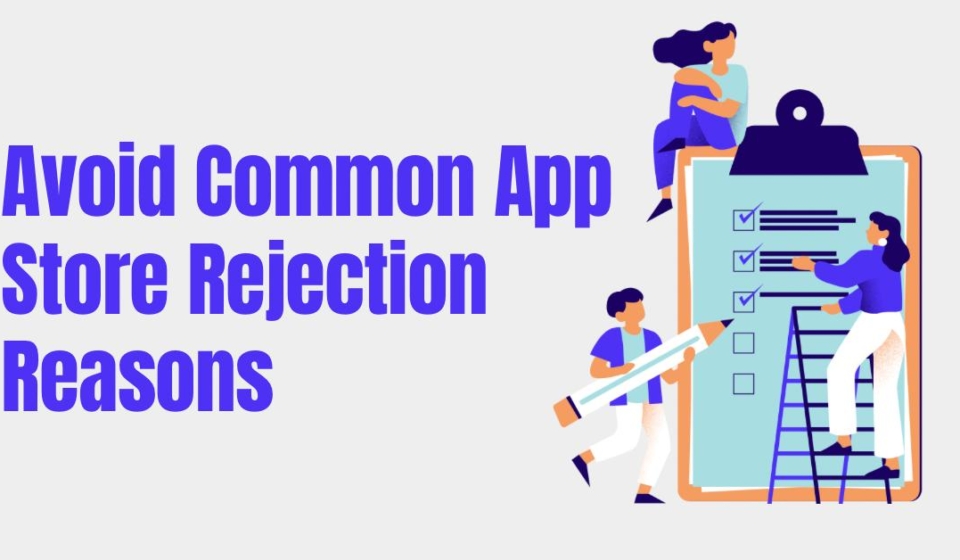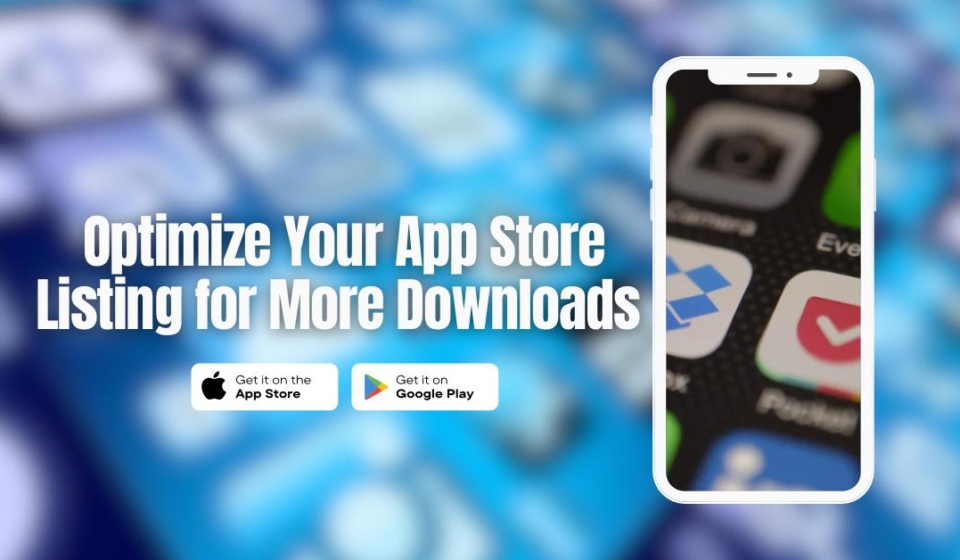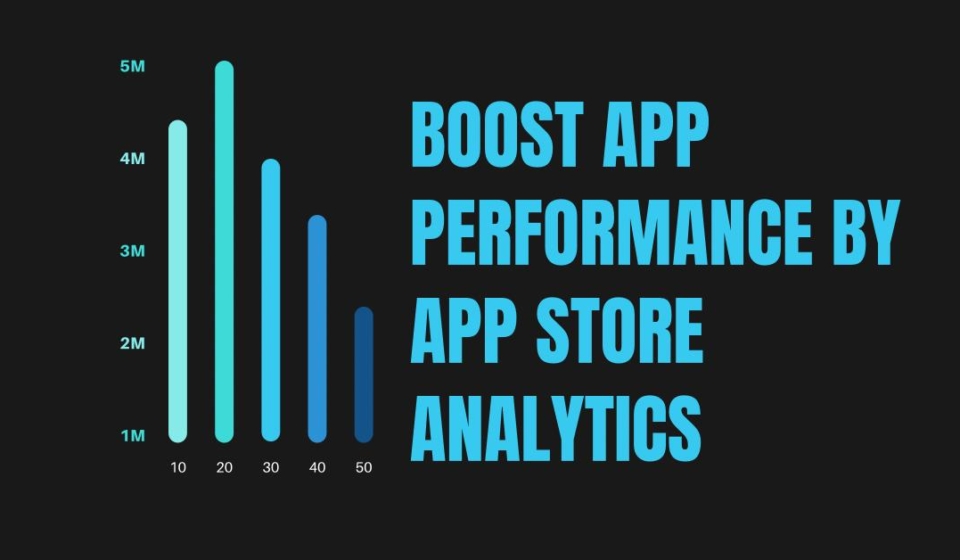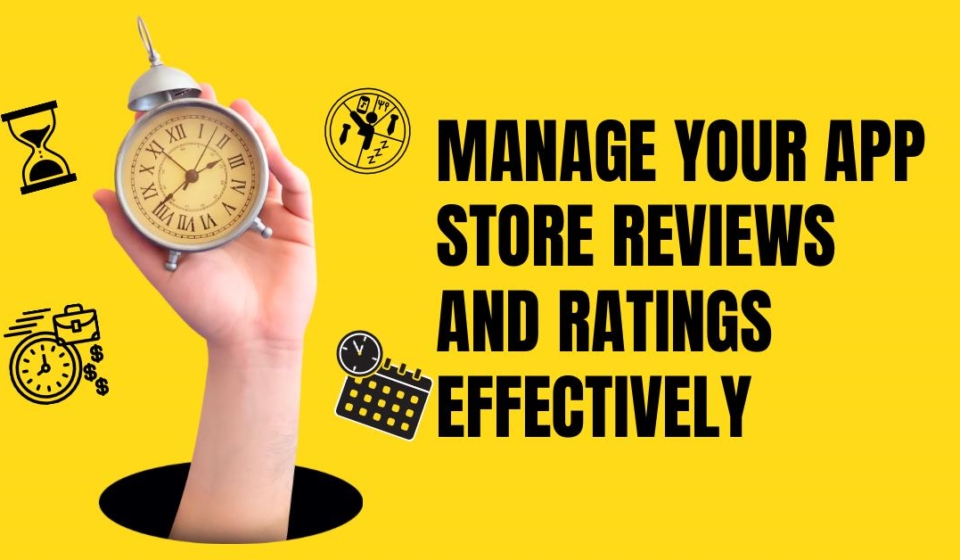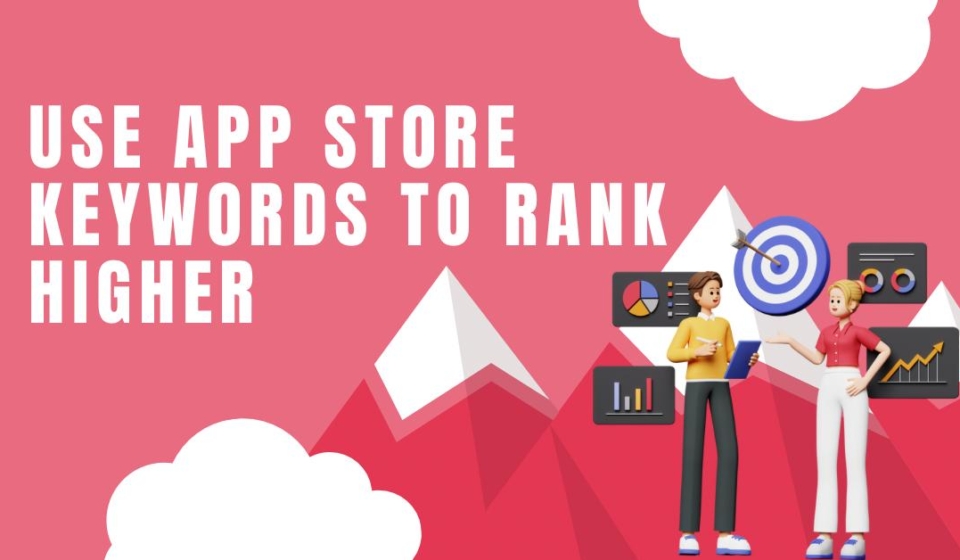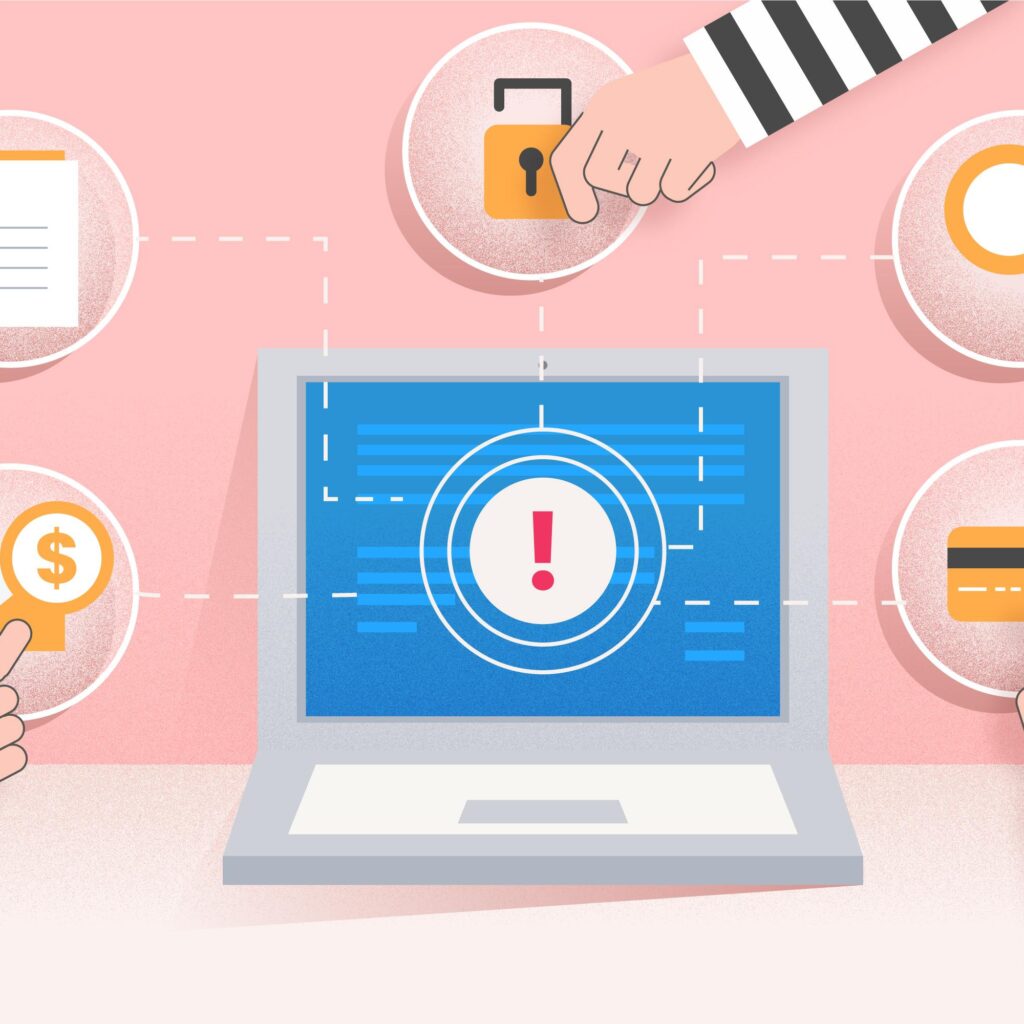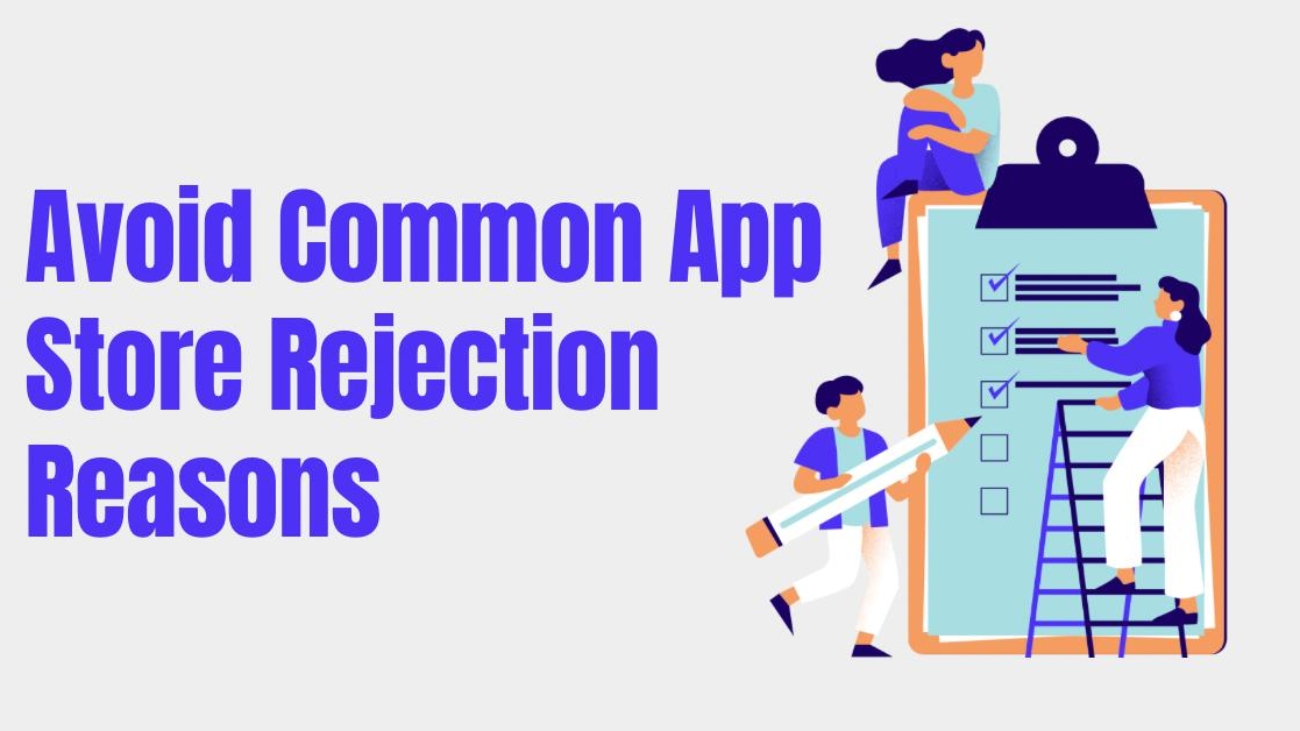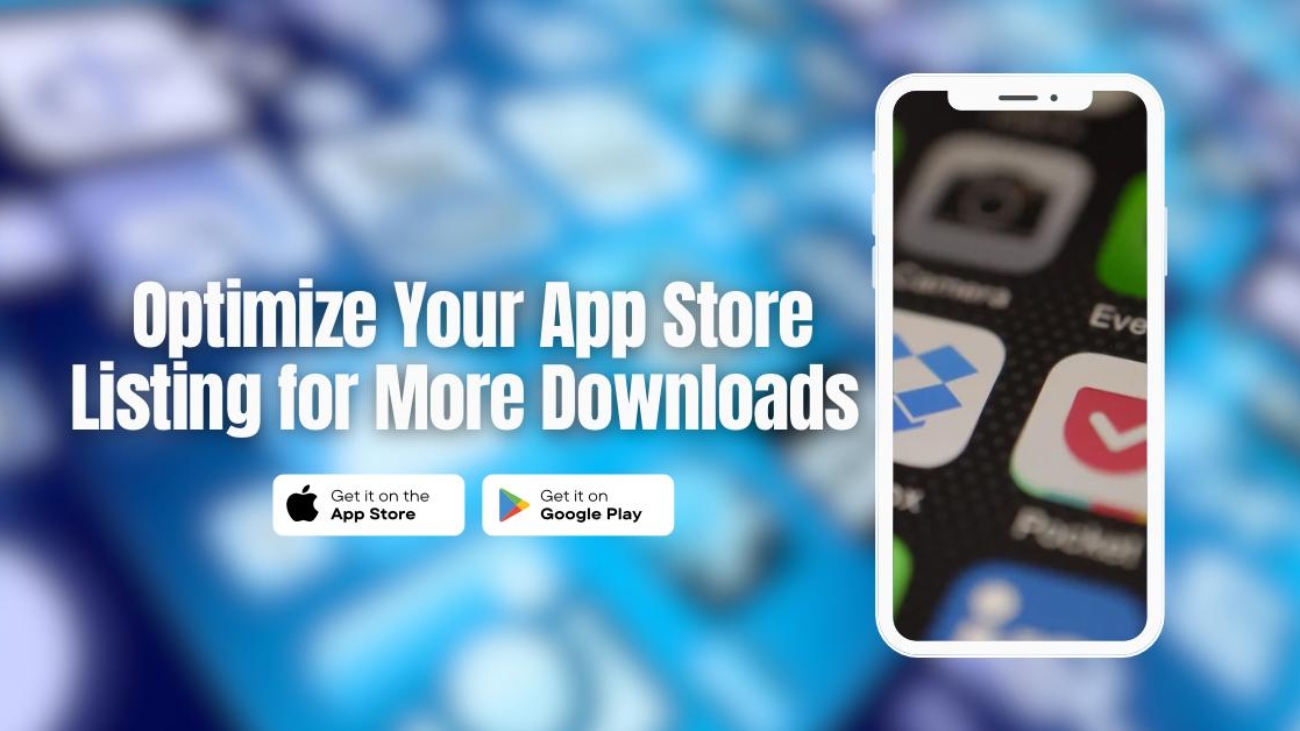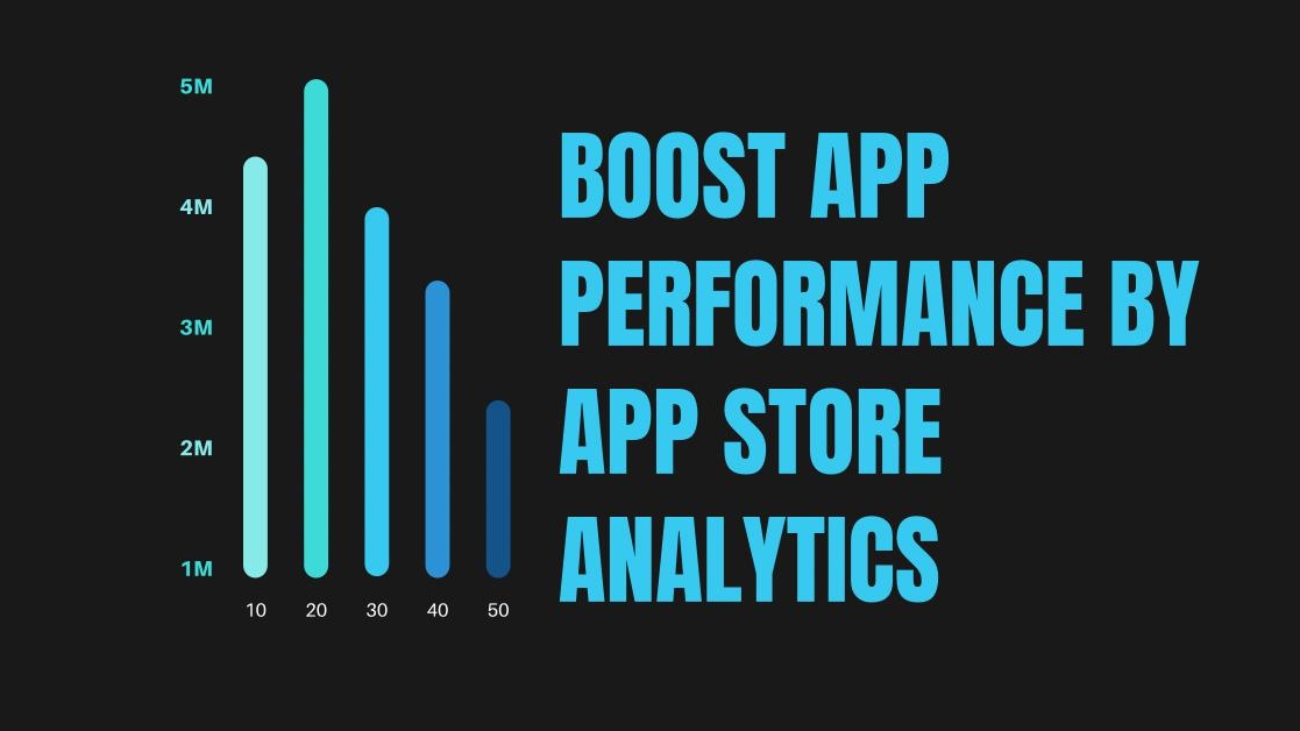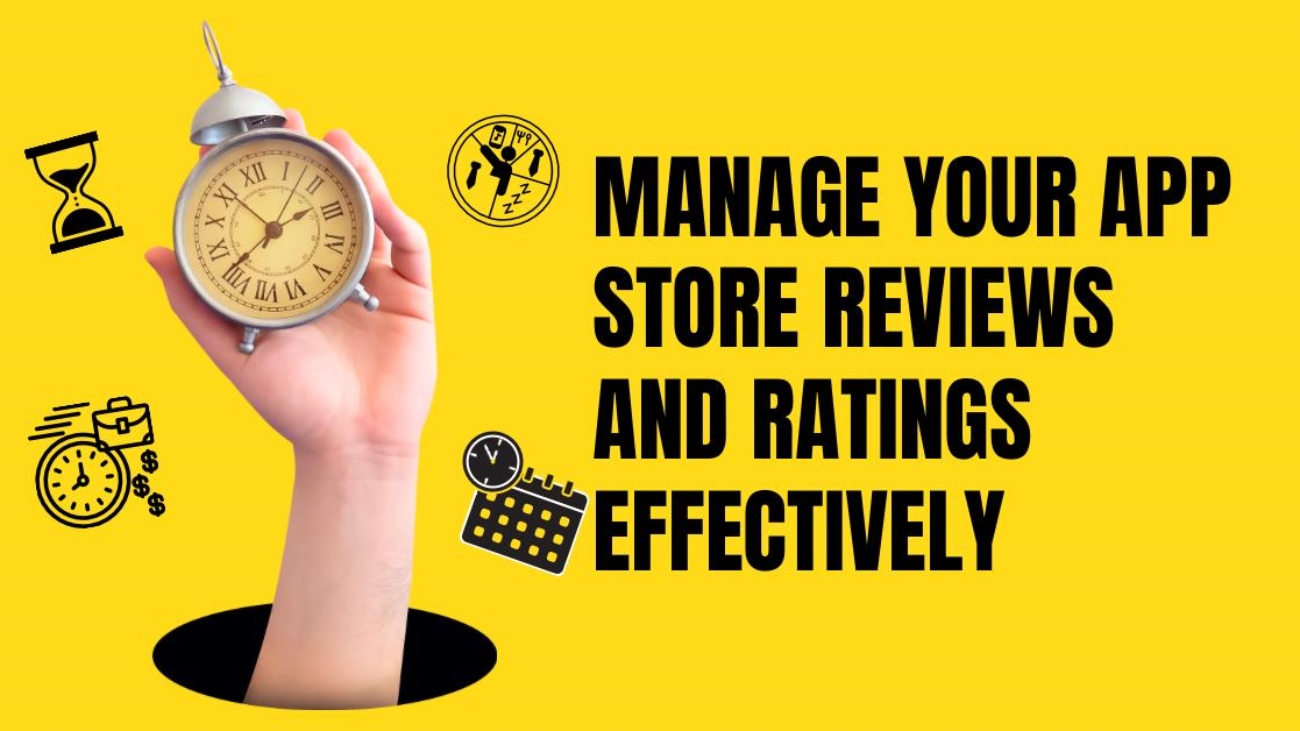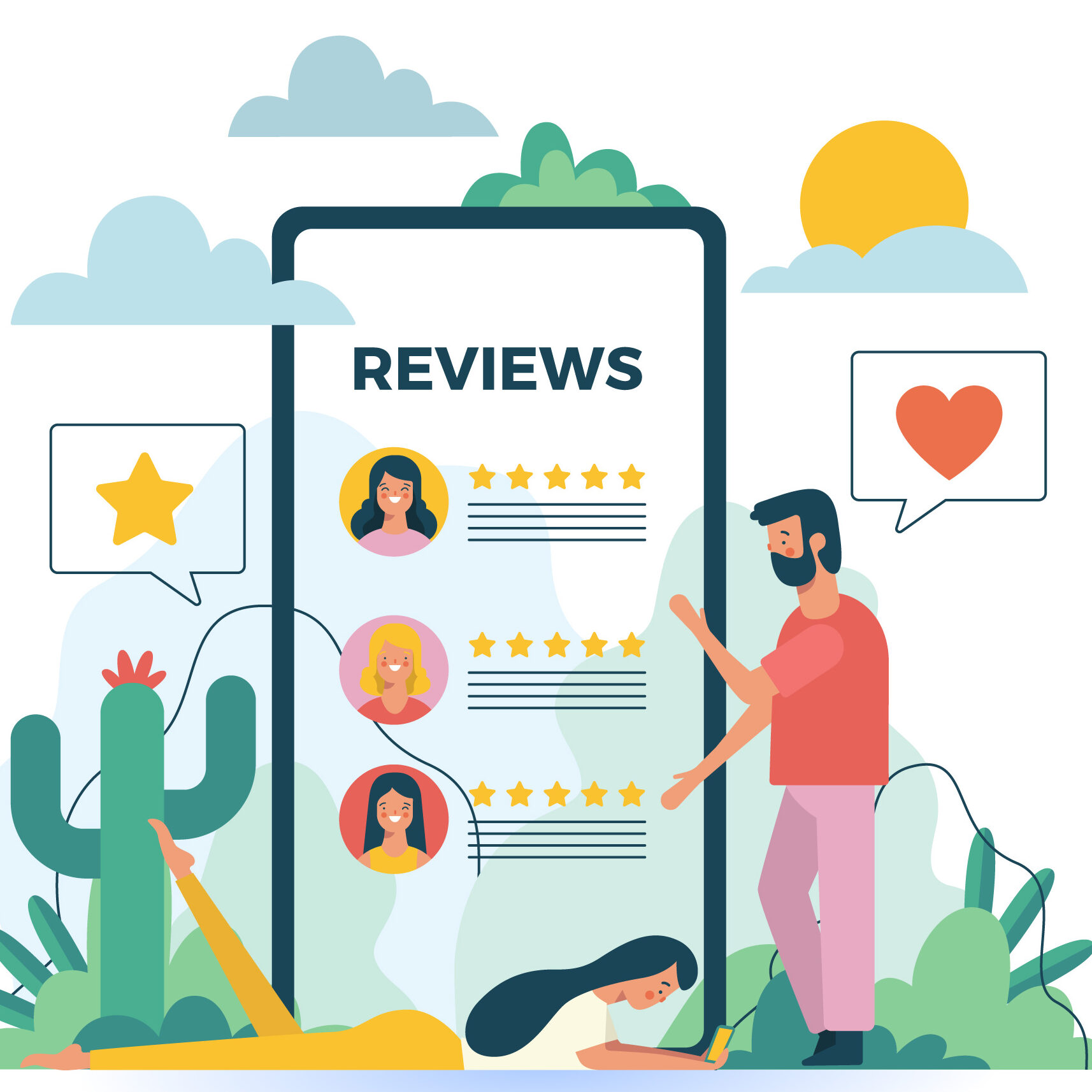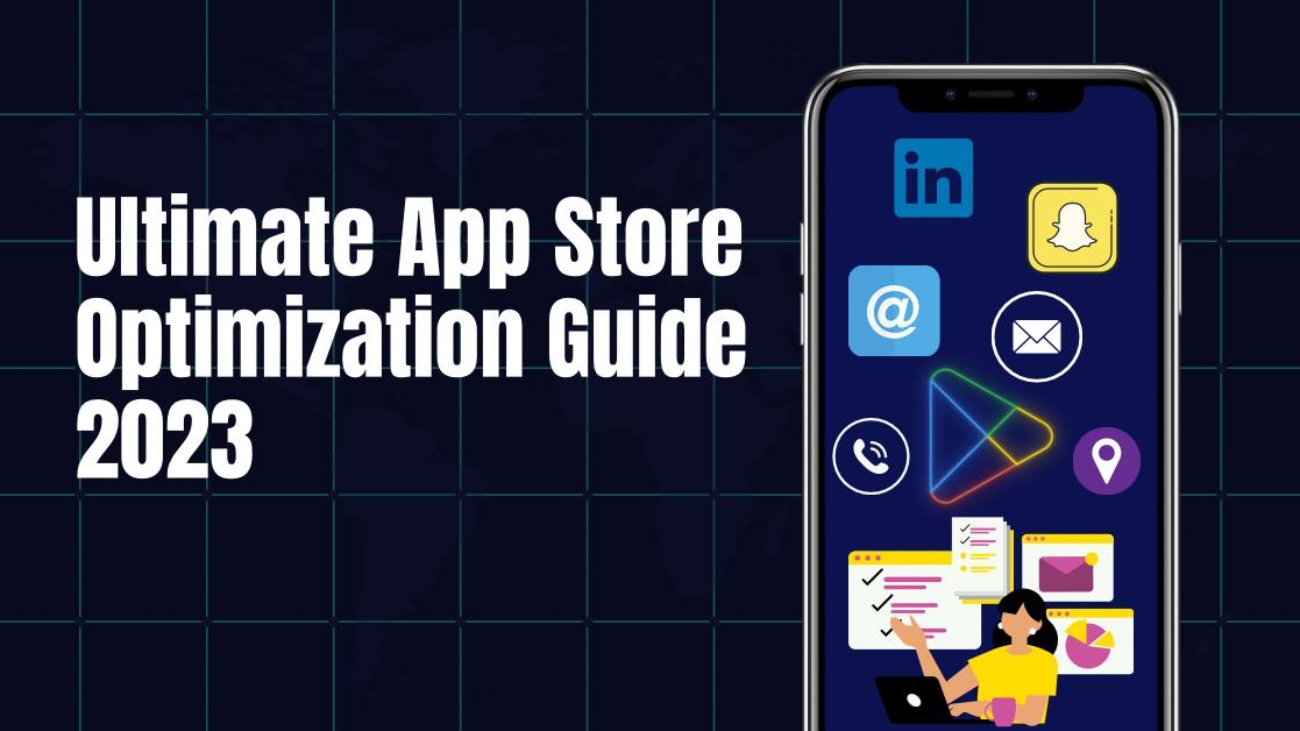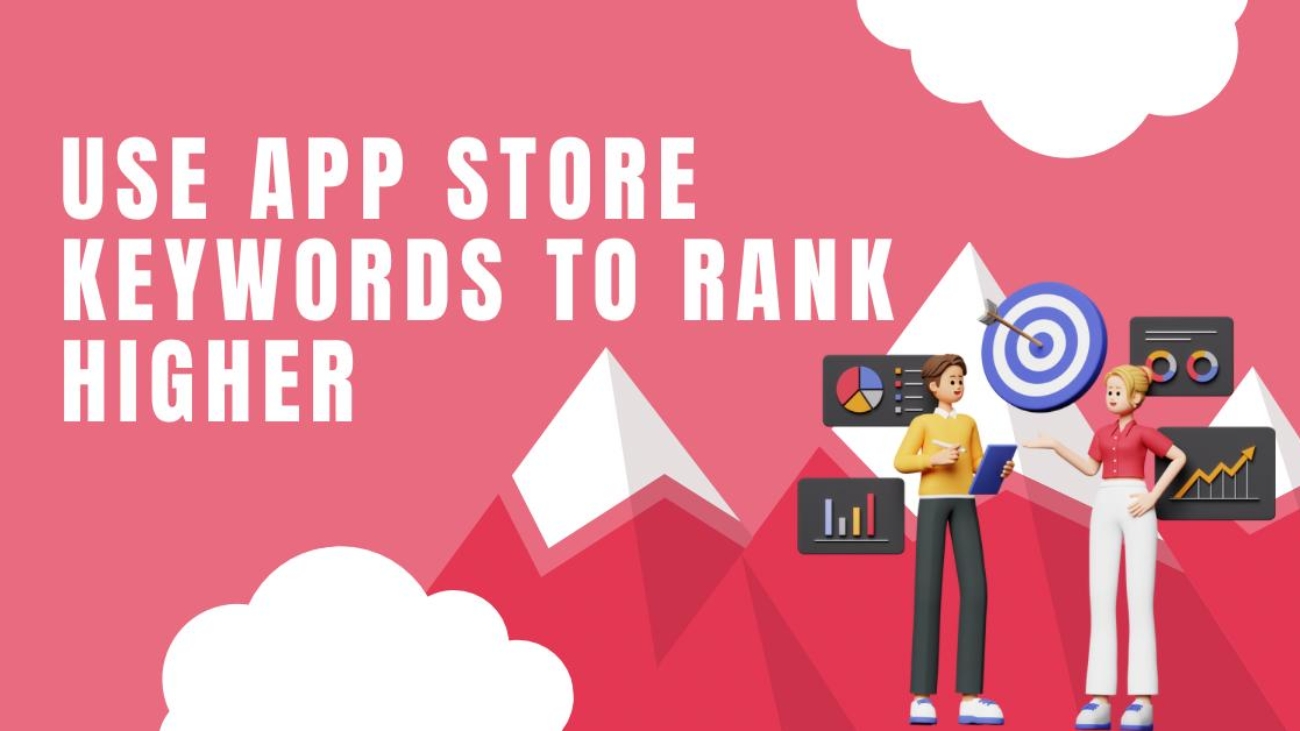In today’s fast-paced technological landscape, integrating Artificial Intelligence (AI) and Machine Learning (ML) into application development has become a game-changer. This blog will explore the transformative power of AI and ML, guiding you through the process of incorporating these cutting-edge technologies into your application projects for enhanced efficiency and innovation.

Understanding the Power of AI and ML in Application Development
Artificial Intelligence and Machine Learning are revolutionizing the way applications are developed and function. They empower software to learn from data, identify patterns, and make intelligent decisions, significantly improving user experiences and overall performance.
Leveraging AI and ML for Enhanced User Experiences
By leveraging AI and ML in your application development, you can create personalized user experiences that adapt and evolve based on user behavior. This level of customization leads to higher user engagement and satisfaction, ultimately driving increased user retention and loyalty.

Harnessing Data-Driven Insights
AI and ML enable applications to analyze vast amounts of data quickly and accurately. By harnessing data-driven insights, you can make informed business decisions, identify trends, and uncover valuable opportunities for growth and optimization.
Boosting Application Efficiency with Automation
Integrating AI and ML into your development process allows you to automate repetitive tasks, such as data entry, content curation, and customer support. This increased efficiency frees up valuable time for your team to focus on more strategic and creative aspects of application development.
Empowering Predictive Analytics
With the power of AI and ML, your applications can make data-driven predictions, enabling you to anticipate user needs and preferences. This predictive capability can greatly enhance the user experience by providing relevant suggestions and recommendations.
Seamless Natural Language Processing
AI-driven natural language processing can transform the way users interact with your applications. By understanding and responding to natural language inputs, your applications can provide more intuitive and user-friendly interfaces.
Enhancing Security and Data Protection

AI and ML offer advanced security features, allowing applications to detect and mitigate potential threats in real-time. These technologies can also bolster data protection, safeguarding sensitive user information and preventing unauthorized access.
Realizing Cost Savings and Scalability
Integrating Artificial Intelligence and Machine Learning into your application development can lead to significant cost savings in the long run. Automated processes, enhanced efficiency, and improved user experiences can optimize resource utilization and reduce operational expenses. Additionally, these technologies enable your applications to scale effortlessly to meet growing demands.
Conclusion
Embracing Artificial Intelligence and Machine Learning in application development is a transformative journey that can revolutionize your software solutions. By leveraging the power of AI and ML, you can create cutting-edge applications with enhanced user experiences, data-driven insights, and increased efficiency. As technology continues to evolve, staying ahead of the curve is vital, and adopting AI and ML is a surefire way to future-proof your applications and business.
So, don’t wait! Begin your journey of AI and ML integration today, and unlock the full potential of your application development. Embrace innovation, empower your team, and delight your users with the magic of AI-powered applications!





